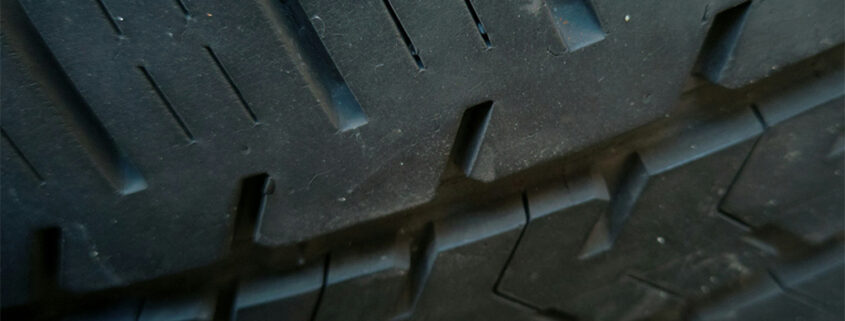This workshop was one of five sector-specific workshops called for in the Statewide Microplastics Strategy. The event brought together perspectives from approximately 50 representatives across the tire industry, state and federal agencies, advocacy groups, and research institutions for a science-forward discussion of potential future strategies to address tire wear pollution. The workshop structure was informed by Mayer et al. (2024)1, which offers a starting framework for thinking about management options to reduce tire wear pollution, organized along a spectrum of strategies that prevent or reduce tire wear pollution at the source to strategies that remediate or address pollution after it has made its way into the environment.
The workshop achieved several key objectives:
- Identify immediate recommendations that could be enacted in the vehicle tire sector to reduce plastic pollution (e.g., voluntary solutions already in place that can be scaled for broader adoption/implementation).
- Identify long-term policy needs to advance the recommendations, including the removal of barriers to scaling recommendations, identified in the workshop.
- Identify impactful research needs and recommend research priorities.
- Maintain a focus on pollution prevention over remediation, although remediation and intervention approaches were discussed.
Participants discussed many potential management strategies, raising opportunities for collaboration, challenges to implementation, and potential State actions. The discussion also prioritized research needs along an impact-feasibility matrix and categorizing them into 4 categories: high impact/high feasibility, high impact/low feasibility, low impact/high feasibility, and low impact/low feasibility.
1Paul M. Mayer et al., “Where the Rubber Meets the Road: Emerging Environmental Impacts of Tire Wear Particles and Their Chemical Cocktails,” Science of The Total Environment (2024): 171153, https://doi.org/10.1016/j.scitotenv.2024.171153.





